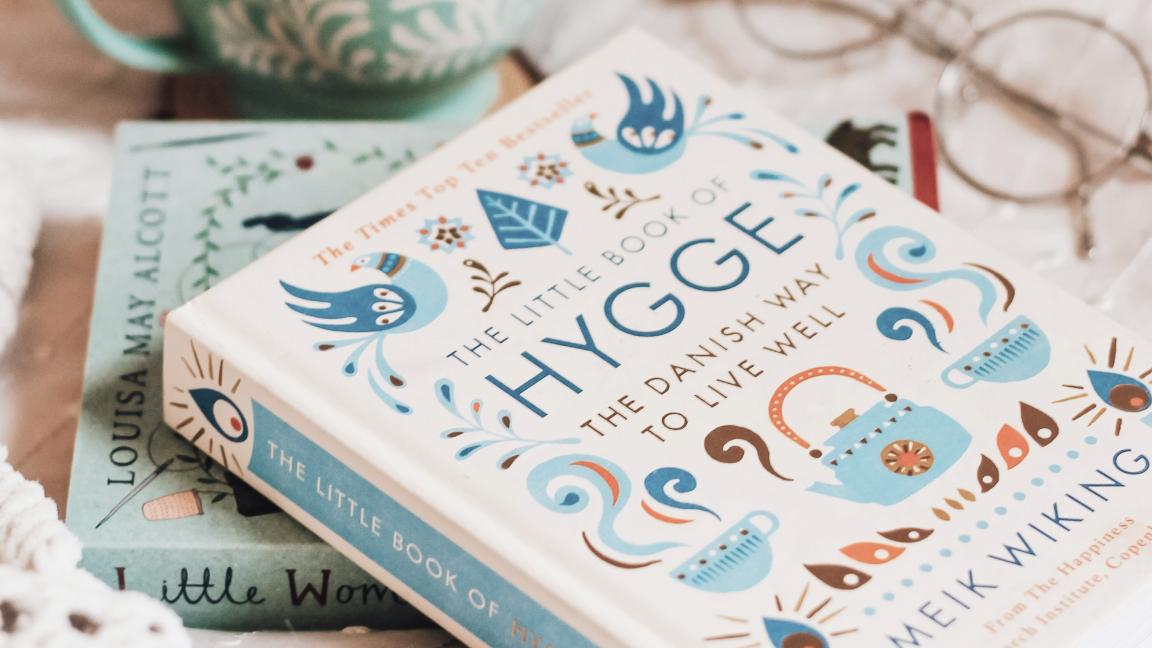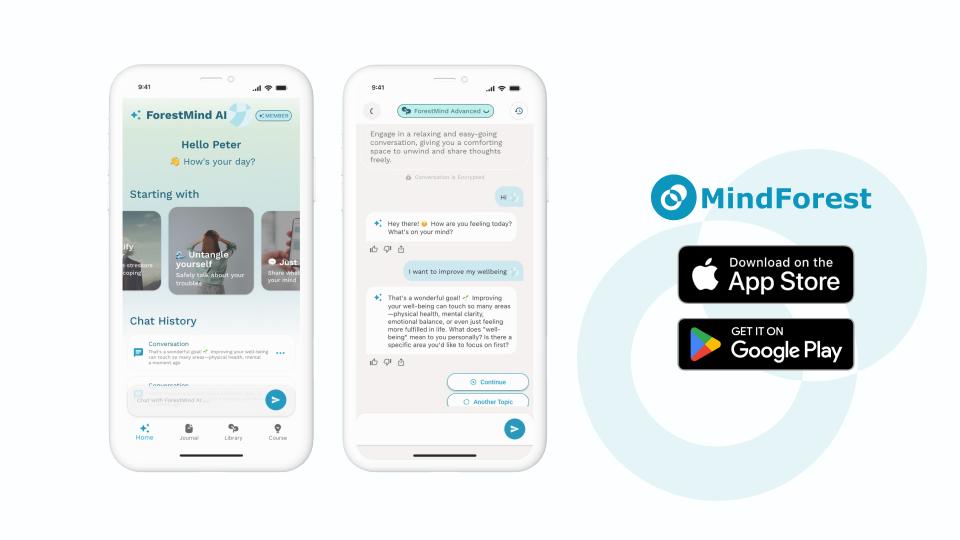
Ghosting and Avoidant Behaviour: Why We Pull Away and 3 Ways to Heal from It
Have you ever experienced ghosting? The two of you were chatting happily the night before, and the next day the person suddenly disappears, never replying again?
In a time of relentless deadlines, social media overload, and digital distraction, the Danish concept of Hygge (pronounced “hoo-gah”) offers a psychological pause button. Though often described as “cosiness,” Hygge is more than fluffy socks and hot drinks — it’s a lifestyle rooted in simplicity, comfort, and emotional safety. From a psychological perspective, this seemingly soft concept has a surprisingly strong impact on happiness and overall quality of life.

In a time of relentless deadlines, social media overload, and digital distraction, the Danish concept of Hygge (pronounced “hoo-gah”) offers a psychological pause button. Though often described as “cosiness,” Hygge is more than fluffy socks and hot drinks — it’s a lifestyle rooted in simplicity, comfort, and emotional safety. From a psychological perspective, this seemingly soft concept has a surprisingly strong impact on happiness and overall quality of life.
As Wiking (2017) notes in The Little Book of Hygge, the concept promotes contentment and a feeling of being sheltered from the harshness of life. This emotional “cocooning” effect helps explain why Danes consistently report higher levels of happiness despite harsh winters and high taxes.
At its core, Hygge taps into emotional regulation—the ability to manage one’s emotional state. Research by Gross (2002) shows that people who create calming, familiar environments are better able to regulate stress. A warm-lit room, soft textures, and shared meals with loved ones act as subtle yet powerful buffers against anxiety.
Hygge also aligns with mindfulness, the act of being present without judgement. Kabat-Zinn (2003) found that mindfulness improves emotional resilience, reduces stress, and increases life satisfaction. Whether it’s enjoying a quiet moment with tea or simply savouring a conversation, Hygge trains the mind to stay rooted in now.
Modern society often sells happiness as a destination: a job title, a bank balance, a luxury holiday. But psychological research suggests otherwise. According to Lyubomirsky (2007), sustainable happiness comes not from achievements but from intentional daily activities—much like Hygge rituals.
Denmark consistently ranks among the world’s happiest nations (Helliwell, Layard, & Sachs, 2023), and many attribute this to the widespread adoption of Hygge values. Veenhoven (2012) describes long-term happiness as a combination of life satisfaction and the quality of daily emotional experience. Hygge nurtures both by slowing life down and making space for warmth and connection.
A Hygge lifestyle is less about occasional treats and more about a long-term commitment to comfort and community. This aligns with self-determination theory, which emphasises three human needs: autonomy, competence, and relatedness (Ryan & Deci, 2000). Hygge supports all three by promoting simple, self-directed routines and emotionally rewarding relationships.
The social side of Hygge cannot be overstated. Simple shared experiences—like chatting over candles or walking together in nature—build emotional safety. This directly supports Baumeister and Leary’s (1995) theory that humans are biologically wired to seek belonging. Frequent, low-pressure social bonding, as seen in Hygge, fulfils this deep psychological need.
Our surroundings shape our emotions more than we often realise. Environmental psychology suggests that calm, uncluttered spaces help reduce stress and increase feelings of well-being (Evans, 2003). A Hygge space is warm, tactile, and natural—features that can lower cortisol levels and encourage restfulness.
But it’s not just about décor. Building a Hygge lifestyle involves cultivating small rituals—slow breakfasts, evening reading, tech-free conversations—that become emotional anchors in an unpredictable world.
Far from being a passing trend, Hygge is a practical philosophy grounded in psychological science. It supports happiness not through excitement or extravagance, but through warmth, mindfulness, and togetherness. As life speeds up, Hygge offers a steady counterbalance—a gentle reminder that real happiness often lives in the slow, small, and sincere moments.
Embrace warmth, presence, and emotional wellbeing with MindForest, your companion for a more mindful, cosy, and fulfilling lifestyle.

Find your calm with personalised support grounded in psychology. ForestMind helps you nurture emotional balance, resilience, and self-connection—just like a comforting Hygge ritual.
Slow down and reflect. The Insight Journal guides you through gentle self-discovery, helping you track feelings and savour the quiet joy in everyday life.
Understand what brings you contentment. These tools offer insights into your emotional patterns, supporting a lifestyle aligned with your values and sense of belonging.
Download MindForest today and start your Hygge-inspired journey into happiness, simplicity, and heartfelt calm.
References
Baumeister, R. F., & Leary, M. R. (1995). The need to belong: Desire for interpersonal attachments as a fundamental human motivation. Psychological Bulletin, 117(3), 497–529.
Evans, G. W. (2003). The built environment and mental health. Journal of Urban Health, 80(4), 536–555.
Gross, J. J. (2002). Emotion regulation: Affective, cognitive, and social consequences. Psychophysiology, 39(3), 281–291.
Helliwell, J. F., Layard, R., & Sachs, J. (2023). World Happiness Report 2023. Sustainable Development Solutions Network. https://worldhappiness.report/
Kabat-Zinn, J. (2003). Mindfulness-based interventions in context: Past, present, and future. Clinical Psychology: Science and Practice, 10(2), 144–156.
Lyubomirsky, S. (2007). The how of happiness: A scientific approach to getting the life you want. Penguin Press.
Ryan, R. M., & Deci, E. L. (2000). Self-determination theory and the facilitation of intrinsic motivation, social development, and well-being. American Psychologist, 55(1), 68–78.
Veenhoven, R. (2012). Happiness: Also known as “life satisfaction” and “subjective well-being.” In K. C. Land, A. C. Michalos, & M. J. Sirgy (Eds.), Handbook of social indicators and quality of life research (pp. 63–77). Springer.
Wiking, M. (2017). The little book of Hygge: The Danish way to live well. Penguin Life.
Discover practical psychology tips you can apply to your everyday life. From building resilience to improving relationships and finding work-life balance, our blog brings expert-backed insights that help you grow.

Have you ever experienced ghosting? The two of you were chatting happily the night before, and the next day the person suddenly disappears, never replying again?

This article breaks down the psychology of nonchalance, signs of a nonchalant dater, the debate nonchalant vs chalant, and what truly matters when forming modern relationships.

Have you ever felt so intensely drawn to someone that you couldn’t stop thinking about them—imagining every possible interaction, decoding every message, overanalysing every glance? If so, you may not be experiencing love, but something more specific: limerence.
Download MindForest and turn these insights into action. Get personalized support from ForestMind AI Coach, track your progress, and unlock your full potential.